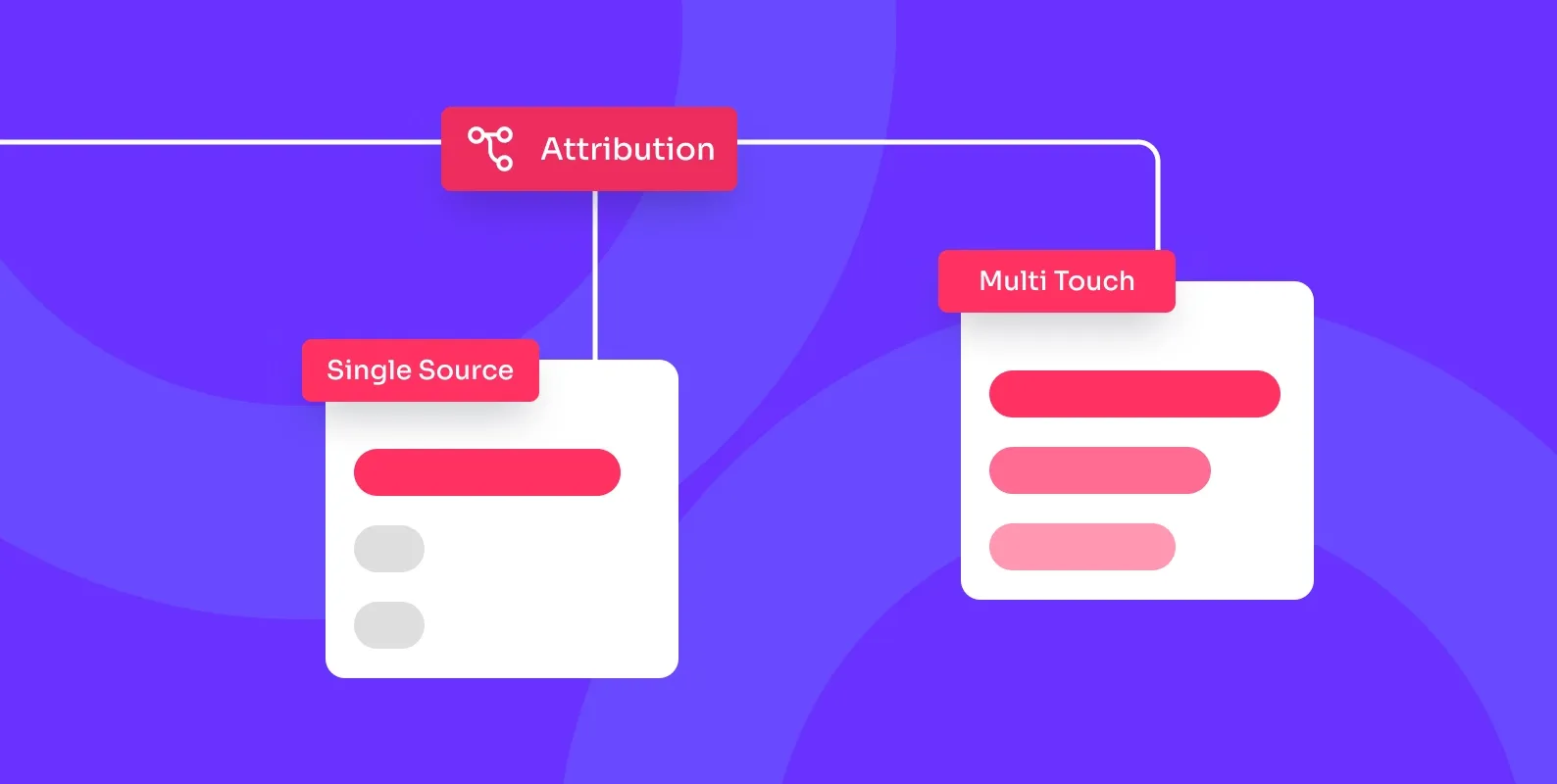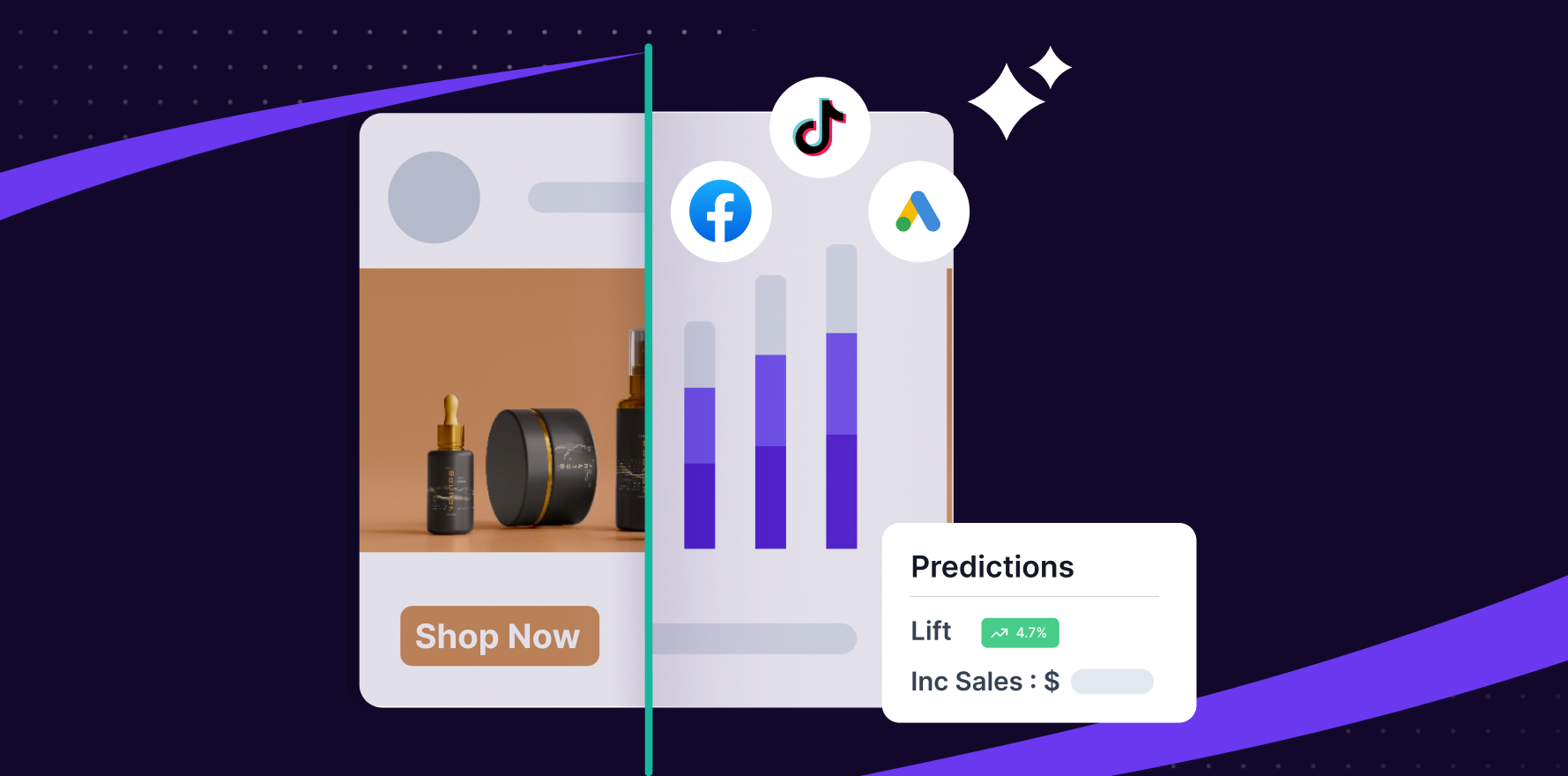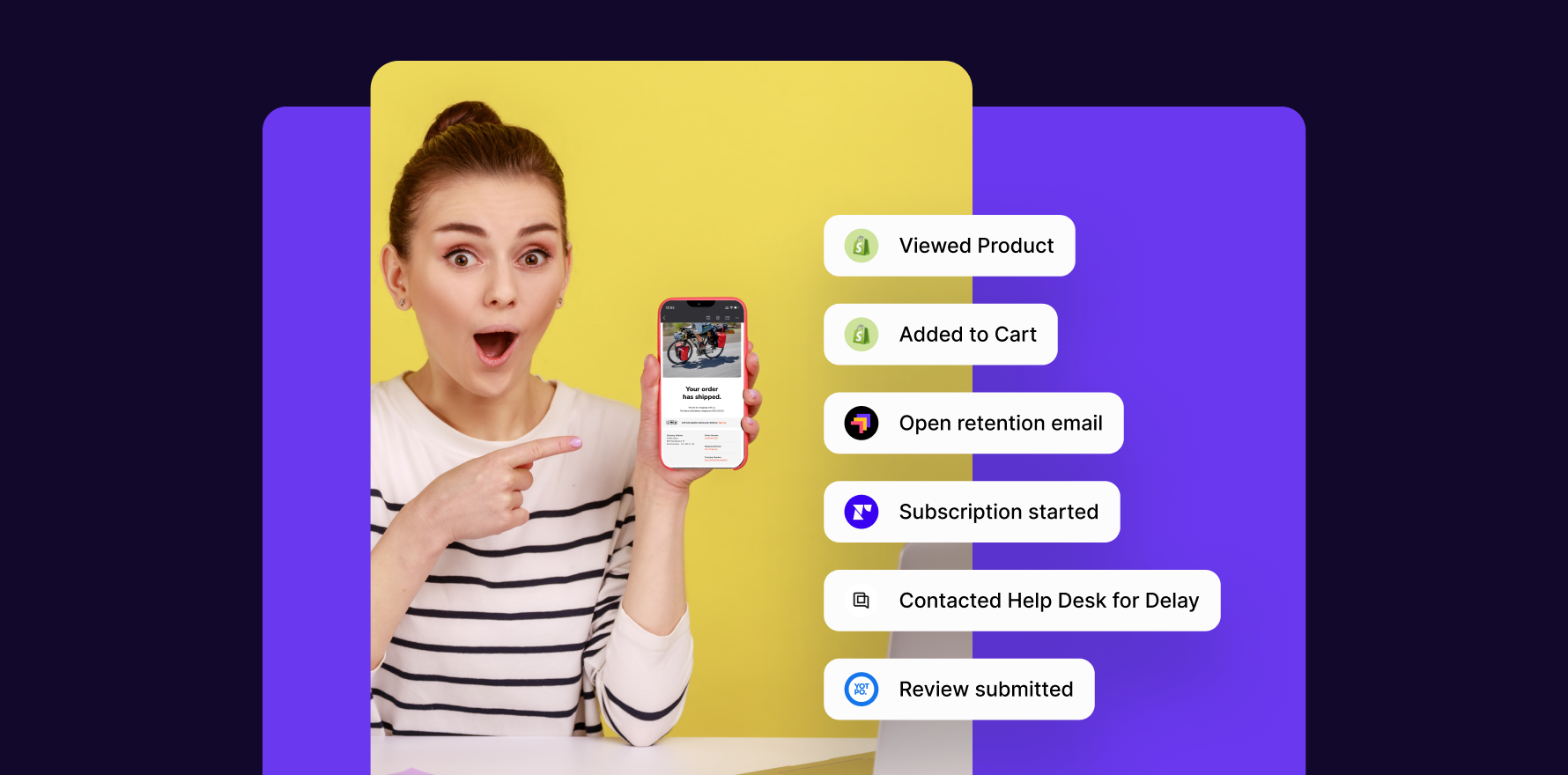Navigating the dynamic and multi-layered world of ecommerce can feel like walking through a maze without a compass. Every click, every ad, every email—it all leads to the ultimate goal of conversion. But which of these myriad touchpoints is most influential in guiding the customer to make a purchase? The answer to this question lies in marketing attribution models.
Marketing attribution is the Rosetta Stone of ecommerce marketing—it decodes the complex customer journey, providing invaluable insights into the effectiveness of various marketing channels and tactics. Yet, not all attribution models are created equal. Different models offer different perspectives, and choosing the right one can dramatically impact your understanding of your marketing ROI.
Among the myriad attribution models available, two stand out for their widespread usage and distinct perspectives: single source attribution and multi-touch attribution models. The single source model simplifies the customer journey to a single pivotal touchpoint, whereas the multi-touch model embraces the complexity, attributing conversion value across multiple touchpoints.
But which one is right for your business? Does the simplicity of the single-source attribution model hold the key to understanding your conversions, or does the comprehensive perspective of multi-touch attribution models offer more valuable insights? This blog post aims to unravel the intricacies of these two models, comparing their advantages and disadvantages to help you make an informed decision. Let’s dive in and uncover the power of marketing attribution.
Single Source Attribution Model
The single source attribution model, often referred to as the “last click” or “first click” model, attributes all credit for a conversion to a single touchpoint. In essence, it simplifies the customer journey down to one key interaction—either the very first or the very last one that led to the customer’s decision to purchase.
Let’s further break down these two main types of single-source attribution models:
Last-Click Attribution:
This is the most commonly used form of single-source attribution. It assigns 100% of the conversion value to the last touchpoint before the purchase. For instance, if a customer clicked on a Google Ad, then an email link, and finally a Facebook ad before making a purchase, the last-click model would assign all credit to the Facebook ad.
First-Click Attribution:
As the name suggests, this model gives all the credit to the first interaction that a customer had with the brand. If a customer first discovered your brand through a blog post, then interacted with a series of social media posts, and finally clicked on an email link before making a purchase, the first-click model would attribute the conversion to the blog post.
The single source attribution model offers a clear and straightforward method for tracking conversions, making it a popular choice, especially for businesses new to the world of marketing attribution. However, while its simplicity can be advantageous, it often oversimplifies the customer journey, neglecting the influence of other touchpoints that may play a crucial role in the customer’s path to purchase.
In the next sections, we’ll further delve into the advantages and disadvantages of this model to provide a comprehensive understanding.
Advantages of Single Source Attribution
Despite its simplicity, single source attribution models offer several advantages that make them appealing to marketers.
- Easy to Implement and Understand: The foremost advantage of single-source attribution is its simplicity. As it attributes all the credit for a conversion to a single touchpoint—either the first or the last—it’s straightforward to implement and understand. For businesses that are new to the world of marketing attribution, this model can be a good starting point.
- Clarity on Key Touchpoints: By focusing solely on the first or last interaction, single-source attribution models provide clear insights into the touchpoints that first draw customers in or that seal the deal. This can be valuable in understanding which marketing channels or tactics are most effective in these critical stages of the customer journey.
- Minimal Data Requirements: As single source attribution models consider only one touchpoint, they require less data than multi-touch models. This can be beneficial for businesses that have limited data available, or that lack the resources to collect and analyze large amounts of data.
- Decisive Action: Given their simplicity and clarity, single source attribution models can help businesses make decisive marketing decisions. For example, if the last-click model reveals that a particular marketing channel consistently drives the final interaction before purchase, the business might decide to invest more in this channel.
Disadvantages of Single Source Attribution
While single source attribution models offer simplicity and clarity, they also have several limitations that businesses should consider:
- Over-Simplification of the Customer Journey: One of the main criticisms of single source attribution models is that they over-simplify the customer journey. By attributing all credit to a single touchpoint, these models often overlook the role of other interactions that might have influenced the customer’s decision to purchase. This can lead to a skewed understanding of the effectiveness of different marketing channels and tactics.
- Neglect of Mid-Funnel Interactions: Because single source attribution models focus on the first or last interaction, they often neglect the role of mid-funnel interactions. This can make it difficult for businesses to understand and optimize their marketing efforts at the consideration stage of the customer journey.
- Potential for Misallocated Resources: By oversimplifying the customer journey, single source attribution models can lead to misallocated marketing resources. For example, if a business is using a last-click model and pours all its resources into the channel that typically drives the last click, it may neglect other channels that play a crucial role in engaging and nurturing customers along the path to purchase.
- Lack of Insight into Cross-Channel Synergies: Single source attribution models also fail to provide insights into how different channels work together to drive conversions. This can make it challenging for businesses to understand the synergies between different marketing channels and tactics, and to develop integrated marketing strategies.
Now let’s look at the multi-touch attribution model.
Multi-Touch Attribution Model
As opposed to single-source attribution, multi-touch attribution models recognize that customer journeys often involve multiple touchpoints, all of which contribute to the final conversion. The primary idea behind multi-touch attribution is that it attributes the conversion value across all interactions a customer has with a brand before making a purchase, thus providing a more holistic view of the customer journey.
There are several types of multi-touch attribution models, including:
Linear Attribution:
This model gives equal credit to each touchpoint in the customer’s journey. For example, if a customer interacts with a brand through a blog post, a social media post, an email, and a search ad before making a purchase, each of these touchpoints would receive 25% of the credit for the conversion.
Time-Decay Attribution:
In this model, the touchpoints closer to the time of purchase receive more credit. The logic here is that the actions closer to the conversion are likely more influential in the purchasing decision.
U-Shaped Attribution (or Position-Based Attribution):
This model assigns 40% of the credit to the first and last touchpoints, and the remaining 20% is distributed evenly among the other touchpoints. This acknowledges the importance of the first interaction that piqued the customer’s interest and the last interaction that finally led to the conversion, while still giving credit to the touchpoints in between.
W-Shaped Attribution:
This model assigns 30% of the credit each to the first interaction, the interaction where the lead was created, and the final interaction before the purchase. The remaining 10% is spread across any other touchpoints.
However, these models can also be more complex and require more data to implement effectively. As with the single source attribution model, the next sections will dive deeper into the advantages and disadvantages of multi-touch attribution models.
Advantages of Multi-Touch Attribution
The comprehensive nature of multi-touch attribution models presents several advantages to businesses looking for a holistic view of their marketing efforts.
- Detailed View of the Customer Journey: By assigning credit to multiple touchpoints, multi-touch attribution models provide a more nuanced understanding of the customer journey. They acknowledge that a conversion is typically the result of a series of interactions, rather than a single touchpoint. This allows businesses to gain insights into how different marketing channels and tactics work together to drive conversions.
- Value Across All Stages of the Funnel: Multi-touch models can give value to touchpoints across all stages of the marketing funnel, not just the first or last interaction. This can help businesses understand the effectiveness of their efforts at different stages of the customer journey, from awareness and consideration to decision and purchase.
- More Precise ROI Calculation: Because they take all touchpoints into account, multi-touch models can provide a more precise calculation of marketing ROI. By assigning a value to each touchpoint, these models can help businesses understand the exact contribution of each marketing channel or tactic to the final conversion, leading to a more accurate assessment of marketing ROI.
- Better-Informed Marketing Decisions: The detailed insights provided by multi-touch models can lead to better-informed marketing decisions. By understanding how different touchpoints contribute to conversions, businesses can more effectively allocate their marketing resources, personalize their marketing efforts, and optimize their marketing strategies for better results.
While multi-touch attribution models offer these advantages, they are also more complex and require more data than single source models. Therefore, it’s important for businesses to consider their specific needs, resources, and capabilities before choosing to implement a multi-touch attribution model.
Disadvantages of Multi-Touch Attribution
Although multi-touch attribution offers a more detailed view of the customer journey, there are a few challenges to be aware of:
- Complexity: Given that multi-touch attribution models consider all the touchpoints a customer interacts with before making a purchase, they are significantly more complex than single-source models. This complexity can make these models difficult to set up, manage, and interpret, especially for businesses that lack advanced analytical capabilities.
- Heavy Data Requirements: Multi-touch attribution models require large amounts of data from multiple channels to function effectively. This means businesses not only need to be able to collect this data but also need robust data integration processes to ensure all the data from different channels can be accurately consolidated and analyzed.
- Risk of Overvaluing Less Influential Touchpoints: As multi-touch models distribute credit among all touchpoints, there’s a risk of overvaluing less influential interactions. For instance, a customer might interact with a brand’s social media post out of habit or curiosity without it having any significant influence on their purchase decision. However, in a multi-touch model, this interaction would still receive a portion of the conversion credit.
- Time and Resource Intensive: Due to their complexity and data requirements, multi-touch attribution models can be time and resource-intensive. Implementing and maintaining these models often requires advanced analytical tools and skilled personnel, which can be a barrier for smaller businesses or those with limited resources.
Conclusion
In essence, while Single Source Attribution provides an uncomplicated view of conversion paths, its oversimplified nature might distort the true impact of your marketing efforts. Conversely, Multi-Touch Attribution shines in today’s complex marketing landscape, acknowledging every touchpoint in a consumer’s journey. Although it’s more complex, tools like Lifesight, an eCommerce growth platform, simplify this process.
Lifesight’s robust attribution model helps businesses navigate and interpret their marketing data, thereby enabling them to optimize campaigns more effectively. If you’re seeking a more accurate and holistic view of your customer journey, then consider embracing Multi-Touch Attribution with Lifesight. It’s time to upgrade your marketing strategy – sign up for Lifesight and unlock a new level of insight into your customers’ journey. The better we understand our consumers, the better we can serve them. Don’t delay, start your Lifesight journey today.
You may also like
Essential resources for your success
























































